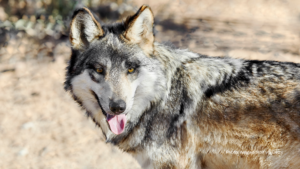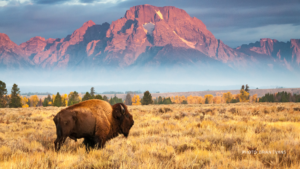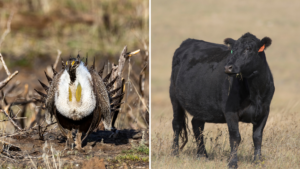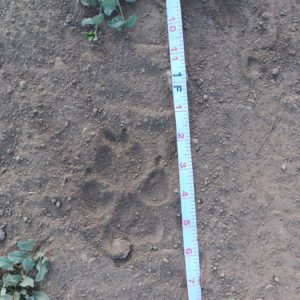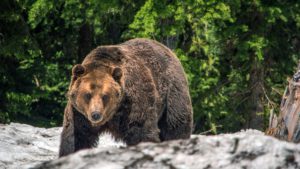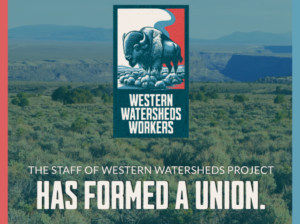For Immediate Release
July 27, 2018
Contact:
Erik Molvar, Western Watersheds Project, (307) 399-7910
Scott Lake, Western Watersheds Project, (208) 429-1679
BOISE, Ida. – A new federal study released this year calls into question whether fuel breaks are effective in stopping or slowing down fires on Bureau of Land Management (BLM) lands across the West. The study, undertaken by the U.S. Geological Survey at the request of the Bureau of Land Management, concludes that fuel breaks have negative impacts on wildlife like sage grouse by fragmenting habitat, and that there is a lack of quality data to determine the degree to which fuel breaks are effective at slowing the spread of range fires.
Federal agencies gather mandatory reports after fires to monitor the effectiveness of fuel breaks. But required responses are too often limited to “yes or no” answers addressing whether fuel breaks were helpful, and lack quantifiable data such as the length of fuel breaks that held, and the length of fuel breaks that were breached, and whether fires were fully contained or escaped containment in the presence of fuel breaks.
“There is currently a major push by federal agencies to construct fuel breaks across our western public lands, but this study highlights the lack of scientifically credible evidence that they actually work, particularly under extreme fire conditions,” said Erik Molvar, a wildlife biologist and Executive Director of Western Watersheds Project.
On the question of impacts to wildlife, the study was far more conclusive, recognizing the well-established impacts of habitat fragmentation on many species of wildlife, from pygmy rabbits to sagebrush songbirds to sage grouse. In addition, non-native plants like forage kochia and crested wheatgrass used in “greenstrips” degrade wildlife habitat values and can spread beyond fuel breaks into surrounding undisturbed habitats.
“Fire on cheatgrass-degraded rangelands has major ecological impacts on habitat values for sage grouse and other wildlife, but if fuel breaks are implemented on a massive scale, the habitat fragmentation impacts on wildlife populations could pose an equally serious threat,” said Molvar.
The study examines three types of fuel breaks: “greenstrips” where non-native plants are seeded in hopes of having higher-moisture plants that can slow the advance of fire, “brown strips” where bulldozers scrape away the vegetation and topsoil down to bare mineral soil, and mowed strips, which take out sagebrush and other tall vegetation. The study found that all three types of fuel breaks are prone to invasion by highly flammable weeds like cheatgrass, thus becoming ineffective at slowing the spread of fire, when they are not regularly maintained.
“Fuel breaks are not a panacea that are going to halt big range fires by themselves,” said Molvar. “Fuel breaks are only truly effective when they are actively defended by firefighters, and they work best in cooler, wetter weather when fire has a lesser tendency to expand into a major conflagration. During extreme fire weather, when the really big, vast fires occur, fed by hot temperatures and strong winds, even major rivers and interstate highways fail to halt major fires.”
The study dismissed “targeted grazing” as a means to create fuel breaks on a large scale, stating that “[b]ecause of its rather limited and novel usage, the effects of targeted grazing are not explored further in this report.”
The study points out that agencies have been implementing fuel breaks on a significant scale since the early 1990s, totaling more than 330,000 acres of habitat disturbance, according to the report.
“We fully support the suppression of fires in sage grouse habitats, but creating a vast and sprawling network of fuel breaks isn’t worth the habitat impacts if the firefighter resources don’t exist to defend them,” Molvar concluded. “The BLM should use this new information to chart a more cautious approach on fuel breaks, and re-focus its efforts on addressing the root cause of the fire problem, which is the heavy livestock grazing that converts native grasses to highly flammable cheatgrass.

